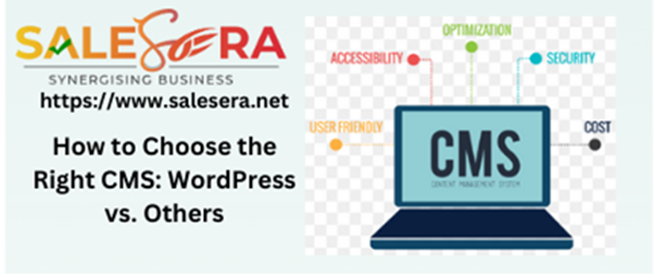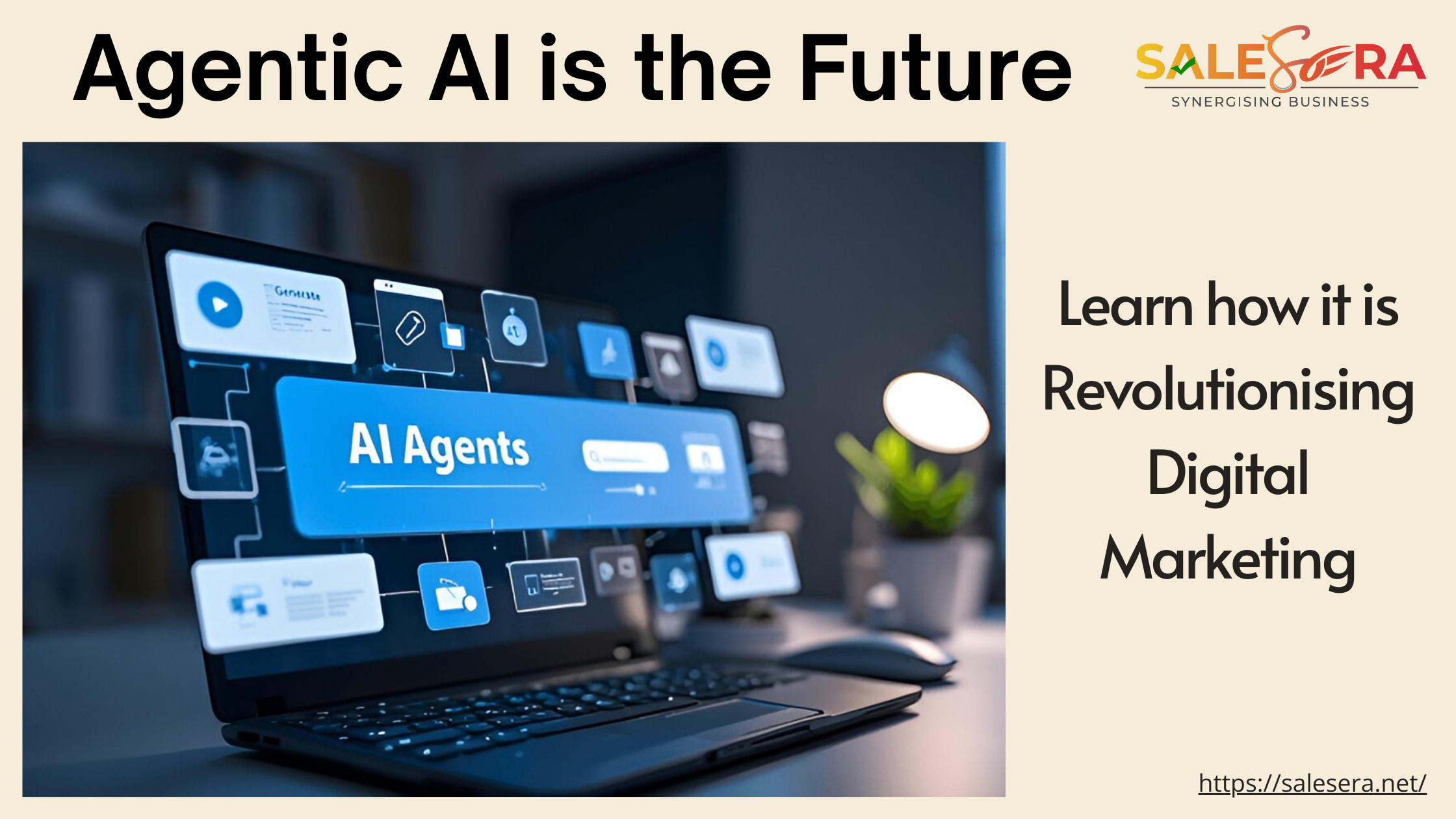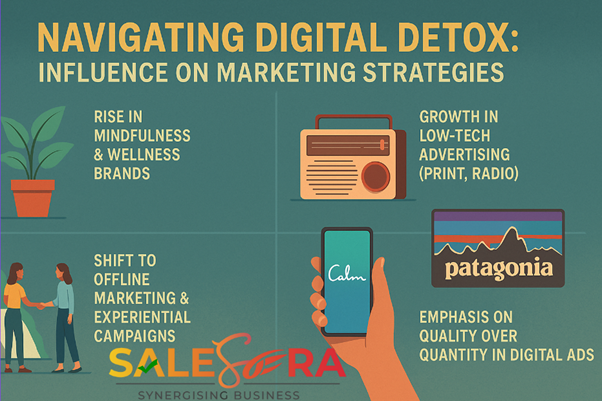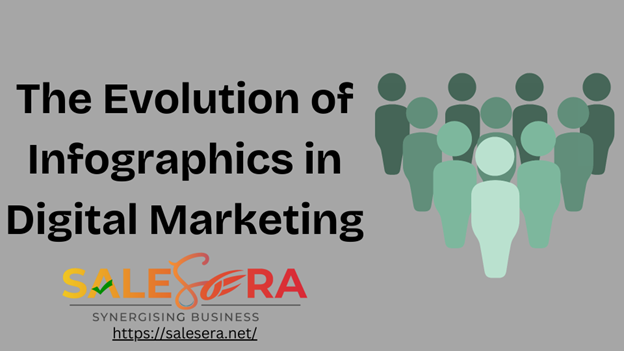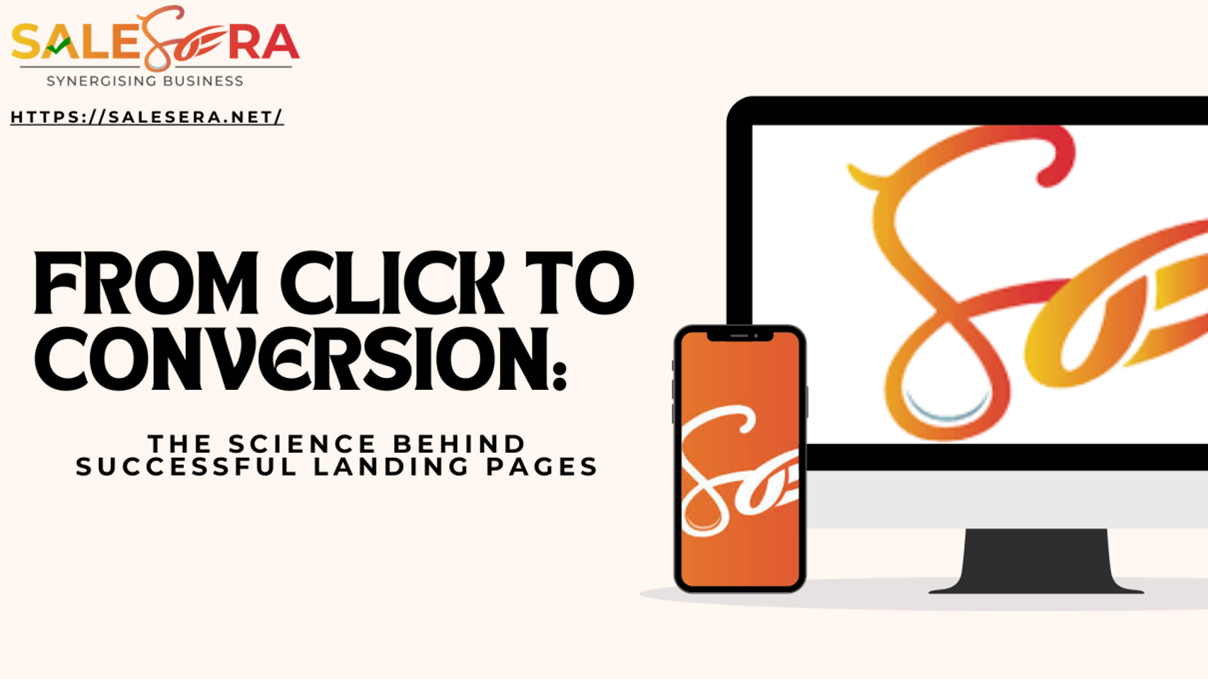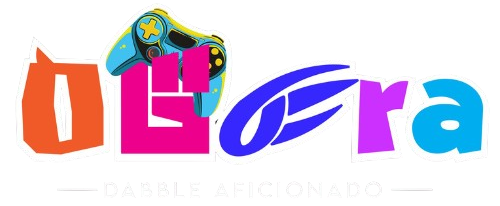In the fast-paced world of digital marketing, it’s crucial to have a solid strategy for promoting your business on social media platforms. Two primary avenues for this are organic and paid social media marketing. While they may seem similar at first glance, there are distinct differences that can significantly impact your marketing efforts. In this blog post, we’ll break down the key contrasts between organic and paid social media marketing, providing you with a clearer understanding of each approach.
Organic Social Media Marketing
What Is It?
Organic social media marketing involves creating and publishing content on your social media profiles without paying for promotion. It relies on building and engaging with your audience naturally, without the use of paid advertising.
Goals and Objectives
- Cultivate brand awareness and trust among your audience.
- Foster relationships with your followers and customers.
- Establish yourself as an industry expert.
- Increase your organic reach through likes, shares, and comments.
Strategies and Tactics
- Content Creation: Regularly post valuable and relevant content, including articles, images, videos, and infographics.
- Community Engagement: Respond to comments, messages, and mentions to foster meaningful interactions.
- Hashtag Usage: Utilize relevant hashtags to increase the discoverability of your content.
- Building Relationships: Collaborate with influencers, partner brands, or industry leaders.
Benefits
- Cost-Effective: Organic marketing doesn’t require a budget for ad spend.
- Authenticity: Genuine interactions can lead to loyal customers.
- Sustainable Growth: Building an engaged audience over time can result in long-term success.
Challenges
- Time-Consuming: Managing organic social media efforts can be labor-intensive.
- Limited Reach: Organic reach on most platforms is declining, making it harder to reach a larger audience.
- Difficult to Measure and Scale
Example:
Imagine you run a small bakery. With organic social media marketing, you regularly post mouth-watering photos of your baked goods, share baking tips, and engage with your followers by responding to comments and messages. Over time, your authentic approach builds a loyal online community of local foodies who eagerly visit your bakery and recommend it to others.
Paid Social Media Marketing
What Is It?
Paid social media marketing involves investing in advertising on social media platforms to reach a broader and more targeted audience. You create ad campaigns with specific goals, such as driving website traffic, generating leads, or boosting sales.
Goals and Objectives

- Reach a larger, more specific audience.
- Drive immediate results and conversions.
- Target ads based on demographics, interests, and behaviors.
- Analyze ROI through tracking and analytics.
Strategies and Tactics
- Ad Campaigns: Create and optimize paid advertising campaigns on platforms like Facebook, Instagram, Twitter, and LinkedIn.
- Audience Targeting: Define your ideal audience using demographics, interests, and behaviors.
- Ad Formats: Utilize various ad formats like image ads, video ads, carousel ads, and sponsored posts.
Budget Management: Set daily or lifetime budgets to control spending.
Benefits
- Expanded Reach: Paid advertising can quickly expose your brand to a broader audience.
- Precise Targeting: Reach the right people at the right time with specific demographics and interests.
- Measurable Results: Track the performance of your campaigns and adjust them for better outcomes.
Challenges
- Cost: Paid advertising requires a budget, and ROI may not be immediate.
- Competition: The paid space can be competitive, driving up ad costs.
Example:
Continuing with the bakery example, suppose you want to promote a special holiday offer. With paid social media marketing, you create a Facebook ad targeting users in your local area who have shown an interest in baking or holiday treats. Your ad appears in their newsfeeds, enticing them to visit your bakery for the exclusive deal. This targeted approach results in a surge of customers during the holiday season.
Making the Right Choice
In conclusion, the choice between organic and paid social media marketing depends on your business goals, resources, and target audience. A balanced approach that combines both strategies can be the most effective way to maximize your social media presence.
Remember, organic marketing builds authenticity and community, while paid marketing offers reach and immediate results. It’s essential to assess your objectives and budget to determine the right mix for your business. Ultimately, a well-crafted social media marketing strategy that aligns with your goals will pave the way for success in the digital landscape.

![]()





